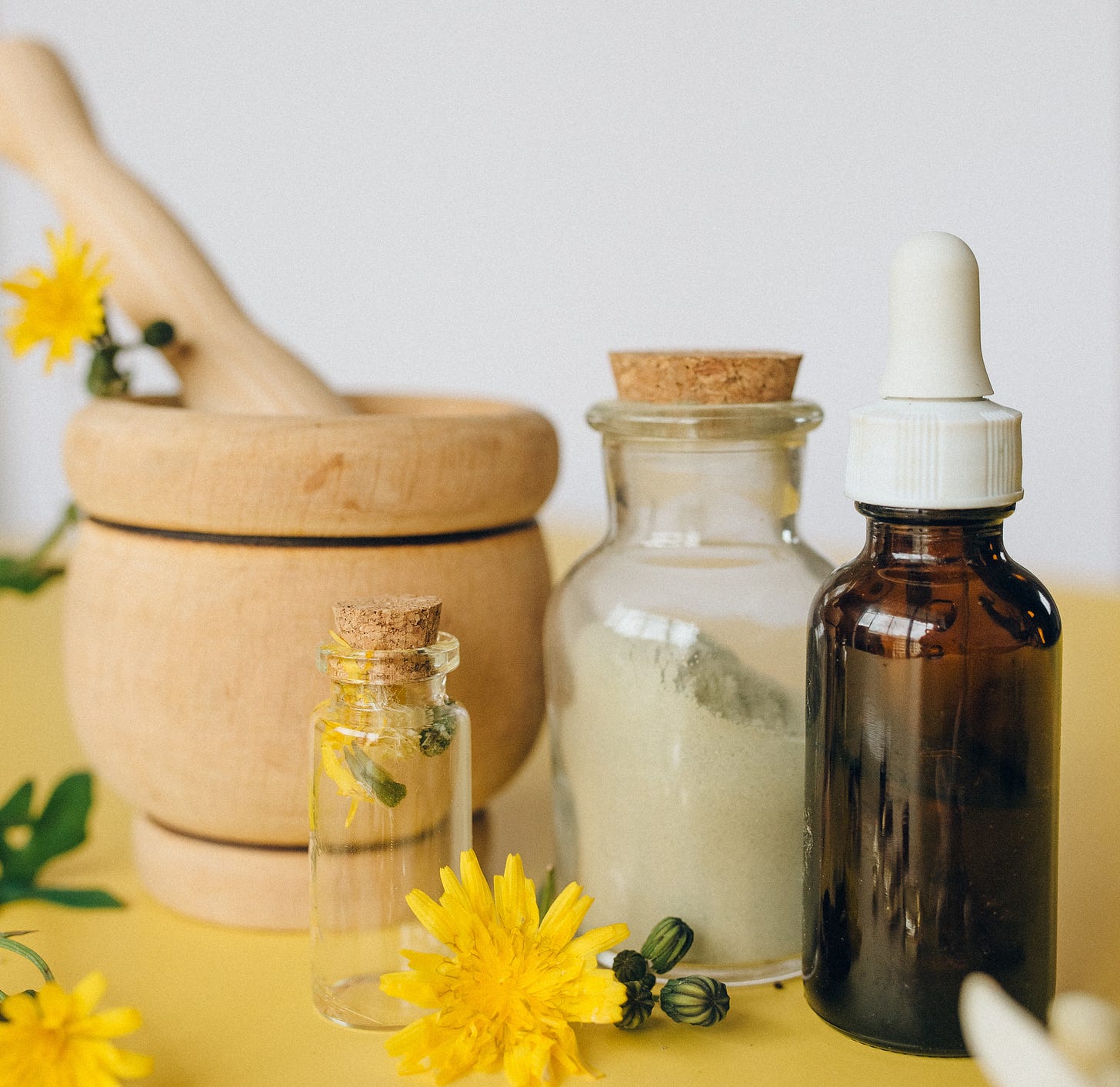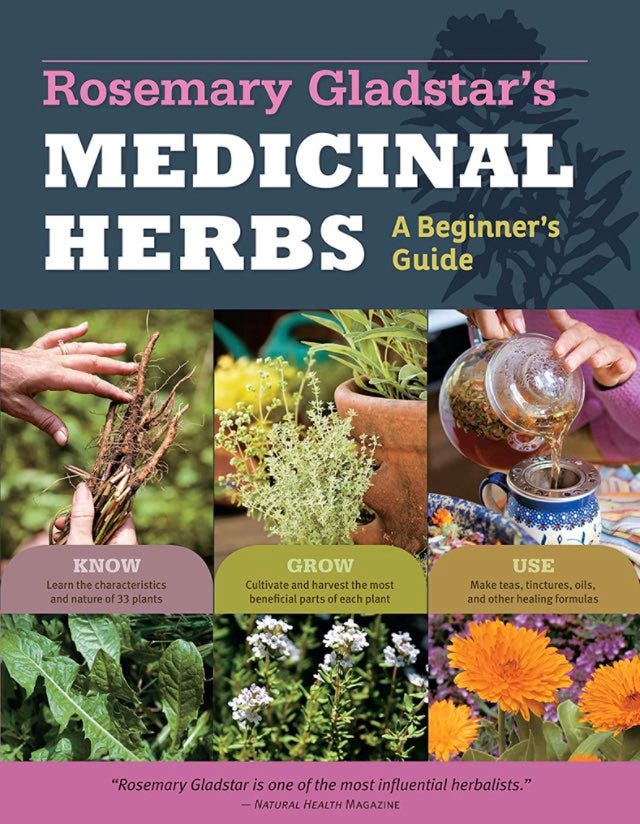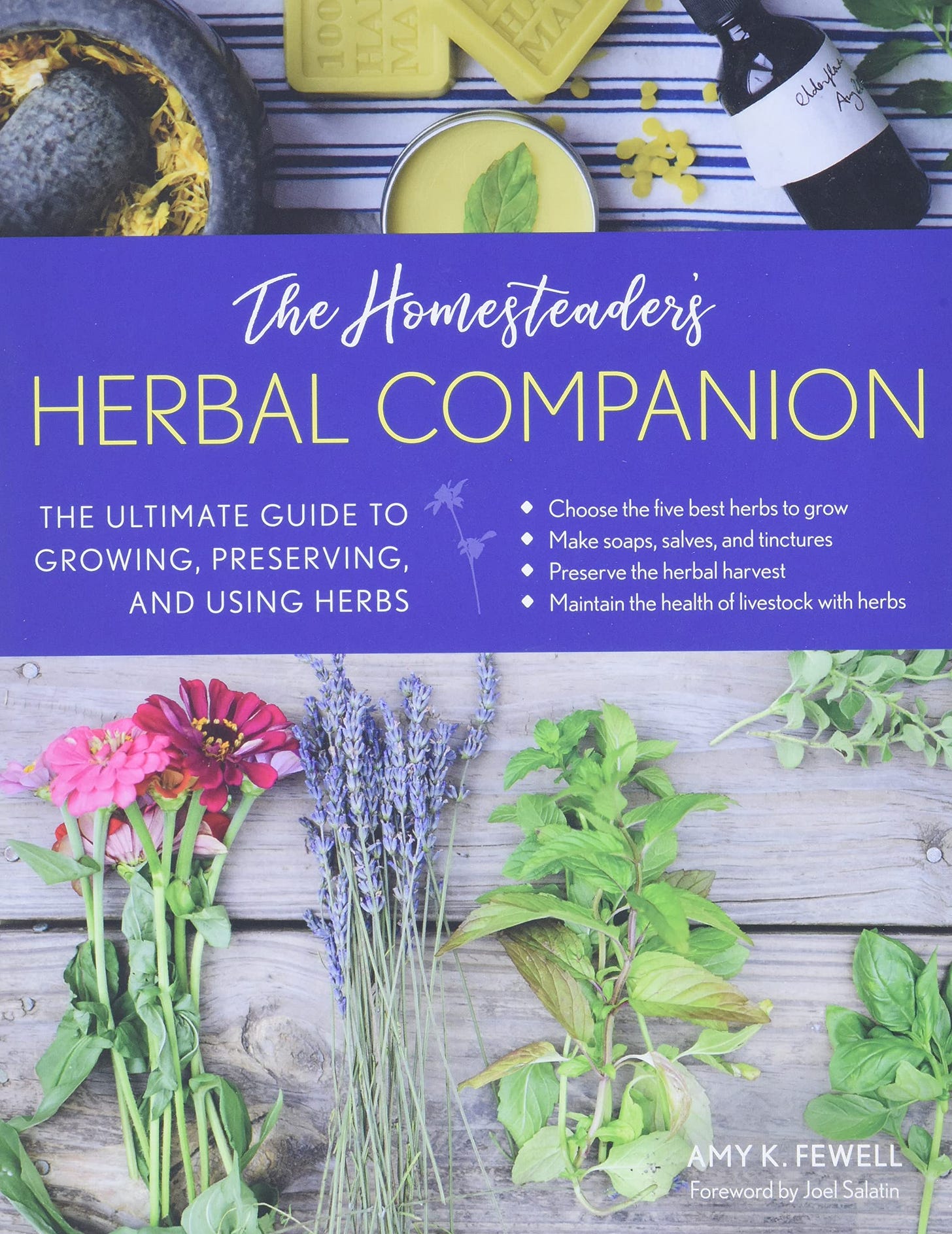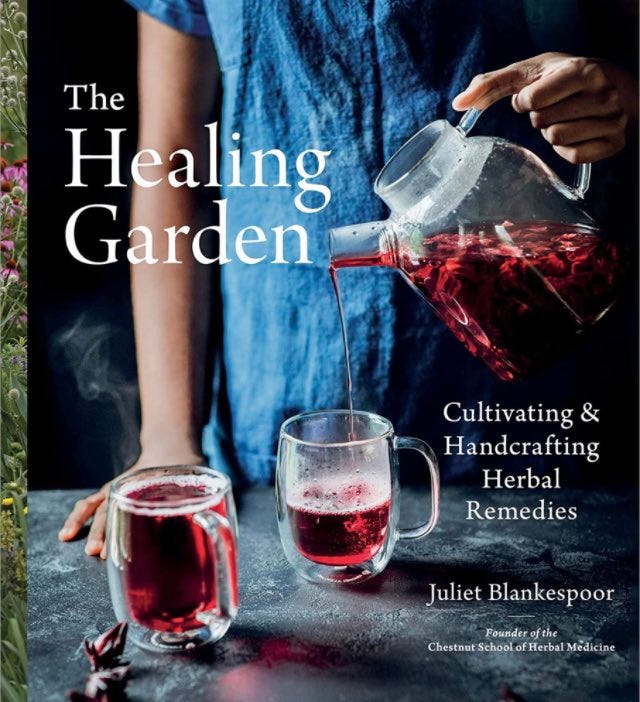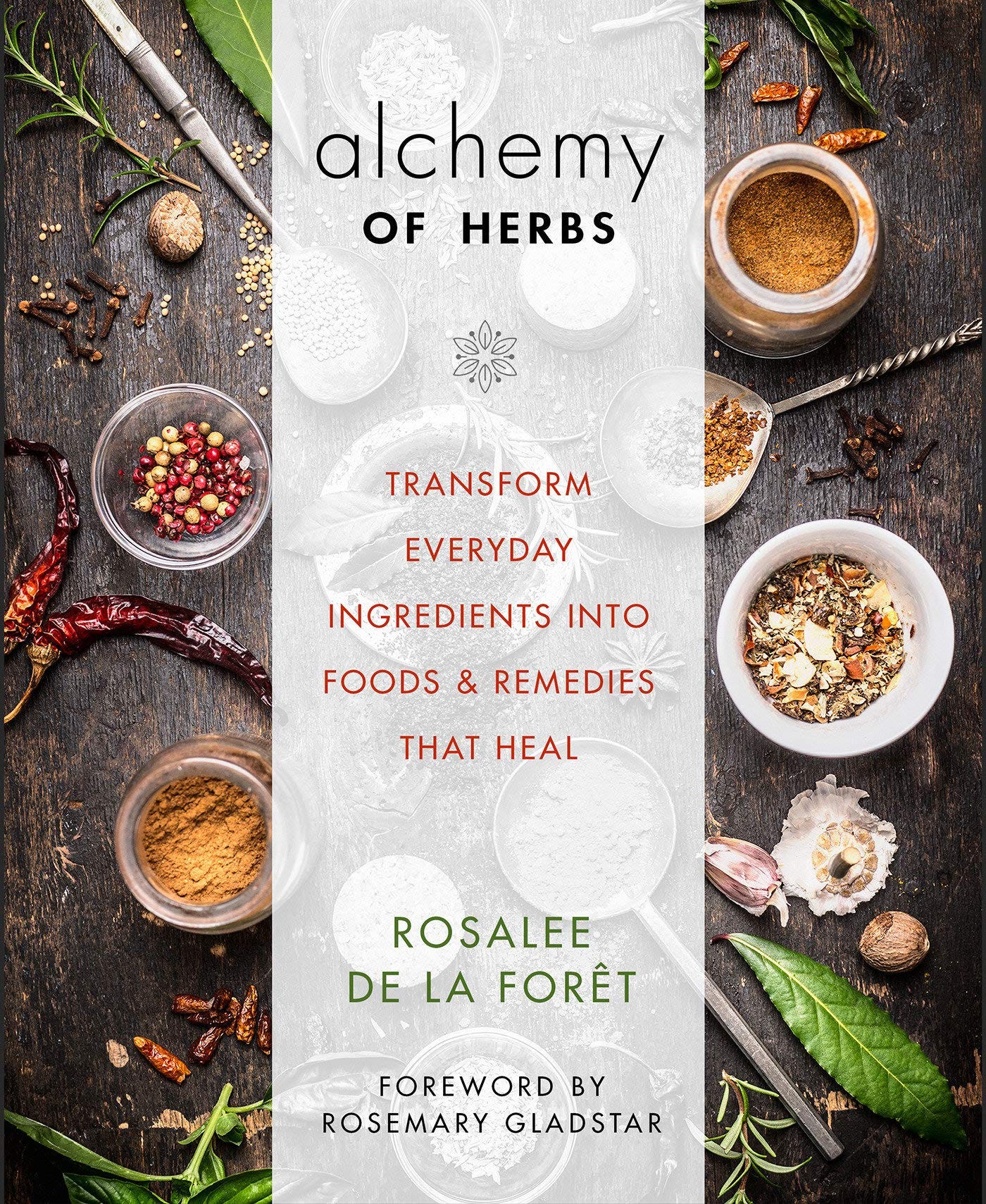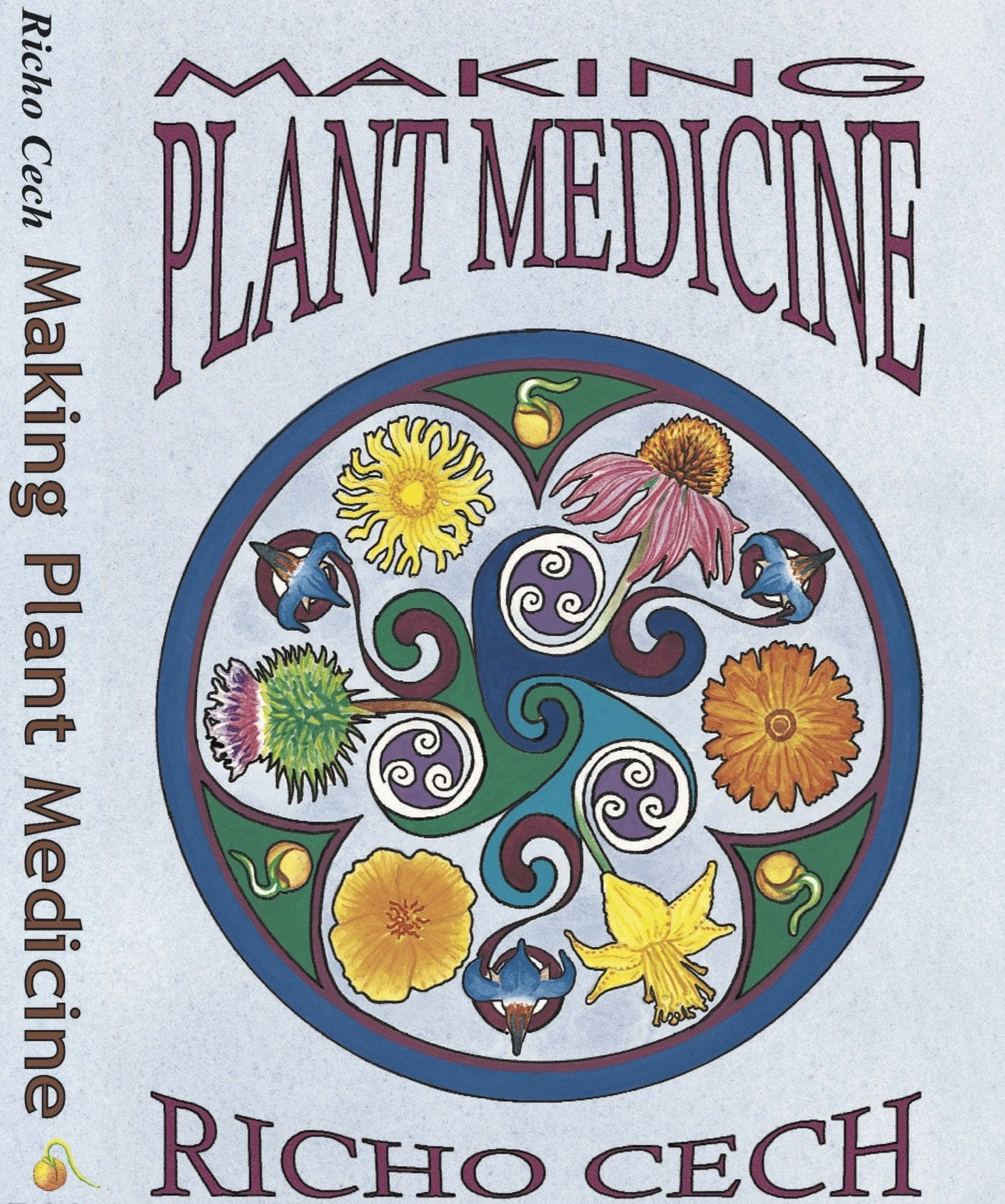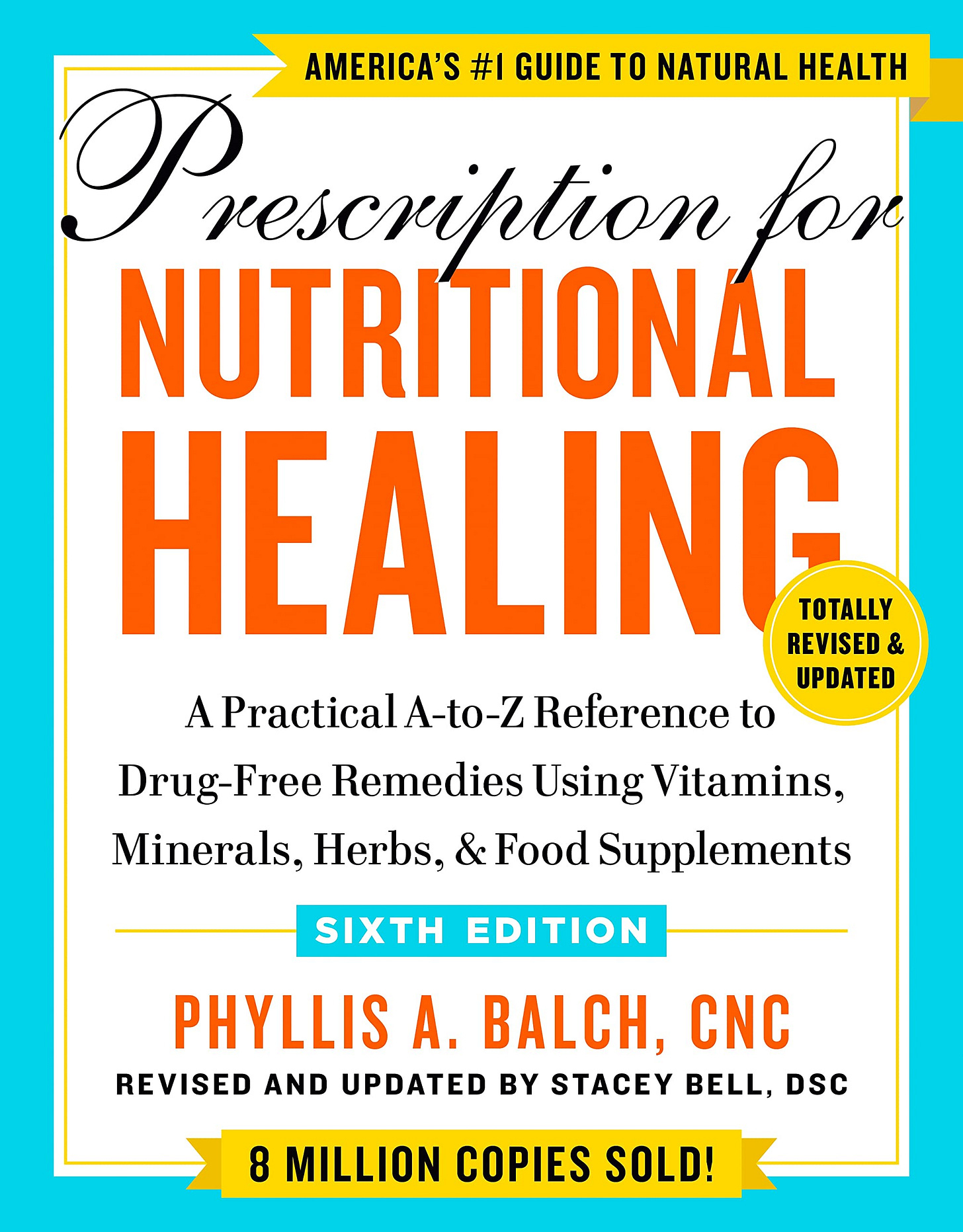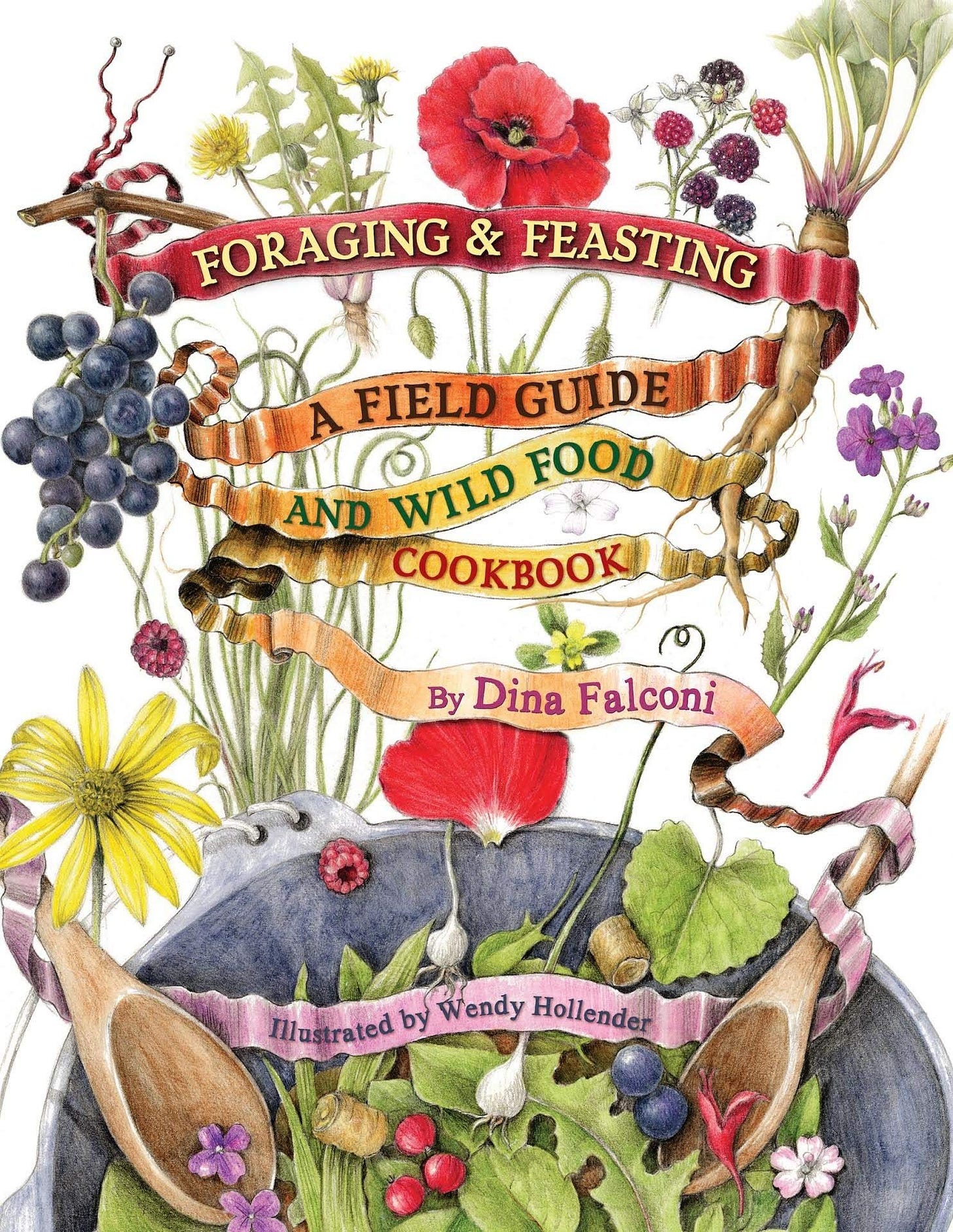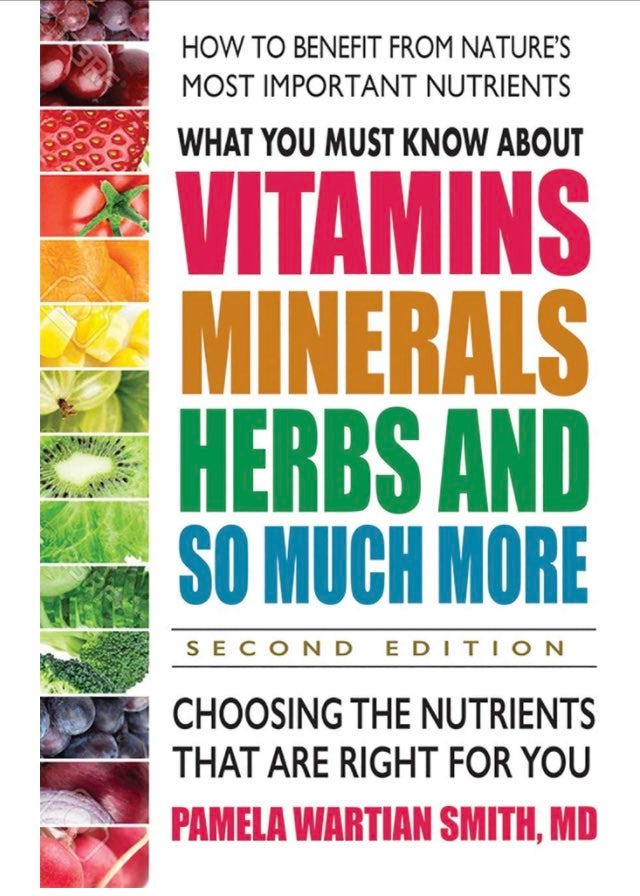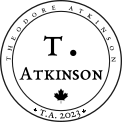Medicine is the science and practice of caring for a patient.
This includes managing diagnosis, prevention and treatment of an injury or ailment. Practitioners of medicine are suppose to promote and restore health, and do no harm.
Unfortunately, recent events have resulted in a loss of confidence in modern medical practices, including treatment safety and efficacy. In conjunction with over the counter supply shortages, many are seeking alternative or traditional medicines.
Foundational to traditional medicine is herbal medicine.
Herbal medicine (also herbalism) is the study of pharmacognosy and the use of medicinal plants, which are a basis of traditional medicine.
— Herbal medicine, Wikipedia
The practising principle of herbal medicine is the ability to extract plant properties into a solution and create a consumable product.
This process is performed using solvents.
A solvent is a substance that dissolves a solute (i.e., an herb) resulting in a solution.
— Solvents, Wikipedia
Common herbal solvents:
Water.
Distilled, purified or natural spring water.Alcohol.
Organic high-proof food grade alcohol (consumption) or isopropyl alcohol (external use).Oil.
A high quality culinary oil for consumption or external application.
These are the most common extraction methods used to create herbal solutions:
Infusion.
Extracting herbs (e.g., leaves, buds, flowers, etc.) through steeping, as with herbal tea.Tincture.
Extracting herbs into alcohol (food grade for consumption).Oil extraction.
Extracting herbs into oil for culinary and topical use.Decoction.
Extracting herbs through long-term boiling (e.g., roots or bark).Maceration.
Breaking plant cell walls; often with high mucilage-content.
Please note I am not an herbalist or a doctor.
Herbal medicine should be a pillar of emergency preparedness.
An emergency can include:
Supply scarcity.
Economic / currency collapse.
War.
Unfortunately, these emergency scenarios have become more likely.
This article promotes skill development in:
Prepping.
Gardening.
Knowledge retention.
In an emergency scenario, resources available in this advanced economy will become scarce or unaffordable. This includes medicine and pain relief.
Focusing on a basic system to prepare home herbal remedies minimizes this risk.
Establishing a basic system, which covers essential needs, is more valuable than creating advanced remedies using products purchased from a store.
Understand that these products may be difficult to procure in an emergency scenario.
Sustainability and resilience is necessary for long term emergency scenarios.
Try not to venture into intermediate or advanced methods without an established and proven basic system first.
This article is organized as the following:
Setting up a basic system.
Recommended steps that an adult can perform in the current environment. This establishes a basic system for simple herbal remedies and prepares the home for intermediate Next steps.Next steps.
Intermediate pain killer remedies using alcohol and other solvents. Videos included.Appendix A.
Provides a list of simple herbal remedies that adults in the current environment should be able to procure and create. The ingredients, with the exception of imports, are simple enough to grow in a small backyard garden.Appendix B.
Provides a list of herbal medicinal books that interested readers may wish to study. Everyone should own at least 1 book and practice basic remedies.Appendix C.
Provides a list of internet resources to further knowledge and training.
Setting up a basic system
Purchase 8 oz of each ingredient from Appendix A — Herbal Ingredient List.
Print off each recipe from Quick Remedy Cards and save a soft copy.
Create each of the remedies listed above when experiencing mild symptoms.
Review Appendix B — Books and select one to purchase.
(Source a least one book that is regional or localized to your geography).Review book for familiarity during an emergency or through skill building.
Identify a reasonable amount of imported ingredients for storage and rotation.
(Imported ingredients are items that cannot be grown [easily] in North America).Create a garden plan that includes one or more ingredients.
Try to locally connect with others who are:
Interested in herbal remedies.
Have experience collecting and making herbal medicine.
Next steps
There is currently a shortage of over the counter pain relief medication. To mitigate this risk and future disruption, here are some recommended pain relief remedies to create after a basic system is established.
For sustainability purposes:
Wild lettuce pain relief
Tincture / extract pain relief
Additional information:
Special thanks to @haikuhands for curating and reviewing this appendix.
Appendix A — Quick Remedies
16 simple recipes are provided through Quick Remedy Cards, which includes treatments for common mild aliments. Subsequent sections enumerate ingredients, ingredient storage, ingredient cultivation and required materials.
Common mild aliments:
Pain.
Sleep issues.
Cold and flu symptoms and prevention.
Toothache.
Diarrhea.
Fatigue.
Digestive issues.
Inflammation.
Infections.
Appendix A — Herbal Ingredient List
Annual:
Cayenne powder.
Dried chamomile flowers.
Garlic.
Onions.
Perennial:
Dried elderberries.
Dried elderflowers.
Roasted dandelion roots.
Dried sage leaves.
Dried thyme leaves.
Peppermint leaves.
Ginger root.
Aloe plant.
Imports:
Coffee.
Cardamom powder.
Whole dried peppercorns.
Turmeric powder.
Cinnamon powder.
Appendix A — Herbal Ingredient Storage
These are standard methods for short and long term food storage. The longer an item is in storage the more nutrients are broken down and lost. Fresh is best. The exception is freeze drying, which preserves most nutrient structures.
(Learn more about long term food storage and dry storage methods).
6 Months or less
Air-tight glass jar.
[Optional] desiccant or oxygen absorber.
2 Years
Place ingredients in paper bag.
[Optional] small bay leaf for powders.
Cut vaccum seal plastic bag to appropriate size, seal end and insert paper bag.
Vacuum seal.
Store in food grade bucket at 4°C - 12°C or 40°F - 55°F in dry conditions.
5 Years
Do not store powders.
Store germ, seed or whole form.
e.g., Dried sliced cayenne pepper, cinnamon stick, etc.Oxygen absorber.
Mylar bag.
Store in food grade bucket at 4°C - 12°C or 40°F - 55°F in dry conditions.
Storing herbal ingredients for this long is not recommended.
Their primary function is nutrient composition and not calorie concentration.
The purpose of this storage period is to hedge potential import disruptions.
5+ Years
Freeze dry.
Oxygen absorber.
Mylar bag.
Store in food grade bucket at 4°C - 12°C or 40°F - 55°F in dry conditions.
Only if a freeze dryer is available.
Appendix A — Herbal Ingredient Cultivation
Annual:
Cayenne powder.
Allow some fruit to fully mature to develop seeds.
Refer to growing guides.
(CA seeds).
(US seeds).Dried chamomile flowers.
Harvest seeds in the late fall.
Refer to growing guides.
(CA seeds).
(US seeds).Garlic.
Use cloves as clones and plant in the fall.
Refer to growing guides.
(CA bulbs).
(US bulbs).Onions.
Harvest seeds from patch of 20+ biennial plants or cultivate clones.
Refer to growing guides.
(CA seeds).
(US seeds).
Perennial:
Dried elderberries.
(CA seeds).
(US seeds).
(Zone 3).
Difficult / Special Treatment required to germinate.Dried elderflowers.
(See 1. for seeds).
(Zone 3).Ginger root.
(CA root/plant).
(US root).
Can be grown in small quantities as a house plant.
Imports:
Do not attempt to cultivate imported ingredients outside native conditions.
The amount of energy required to mimic conditions is not feasible.
Refer to storage instructions and plan for import disruptions.
Appendix A — Basic Materials
Primary materials:
Mugs.
Tea strainers.
Kettle.
Supplementary materials:
Glass measuring cup.
Glass canning jars.
Funnels.
Fine mesh strainers.
Kitchen scale.
Cheese cloth.
Culinary extras:
Honey.
Salt.
Olive oil.
Lemon juice.
Coriander powder.
Cumin powder.
Clove powder*.
*North American import.
Appendix B — Books
Rosemary Gladstar's Medicinal Herbs: A Beginner's Guide: 33 Healing Herbs to Know, Grow, and Use
(US link)
Rosemary Gladstar
(ISBN-10: 1612120059)
The Homesteader's Herbal Companion: The Ultimate Guide to Growing, Preserving, and Using Herbs
(US link)
Amy K. Fewell
(ISBN-10: 1493034154)
The Healing Garden: Cultivating and Handcrafting Herbal Remedies
(US link)
Juliet Blankespoor
(ISBN-10: 0358313384)
Alchemy of Herbs: Transform Everyday Ingredients into Foods and Remedies That Heal
(US link)
Rosalee De La Foret
(ISBN-10: 9781401950064)
Making Plant Medicine
(US link)
Richo Cech
(ISBN-10: 0970031203 / 0970031238)
Prescription for Nutritional Healing, Sixth Edition: A Practical A-to-Z Reference to Drug-Free Remedies Using Vitamins, Minerals, Herbs, & Food Supplements
(US link)
Phyllis A. Balch CNC
(ISBN-10: 0593330587)
Foraging & Feasting: A Field Guide and Wild Food Cookbook by Dina Falconi
(US link)
Dina Falconi
(ISBN-10: 0989343308)
What You Must Know About Vitamins, Minerals, Herbs and So Much More―SECOND EDITION: Choosing the Nutrients That Are Right for You
(US link)
Pamela Wartian Smith
(ISBN-10: 0757004717)
Appendix C — Websites
MedicinePlus — Herbal Medicine
MedlinePlus is an online health information resource for patients and their families and friends. It is a service of the National Library of Medicine (NLM), the world's largest medical library, which is part of the National Institutes of Health (NIH).
This page contains:
Herbal medicine summary.
Introduction about herbs and herbal medicine.
List of common medicinal herbs.
Clinical trials and journals.
John Hopkins Medicine — Herbal Medicine
The mission of Johns Hopkins Medicine is to improve the health of the community and the world by setting the standard of excellence in medical education, research and clinical care.
This page contains:
Herbal supplement description.
FDA’s position on herbal supplements.
Precautions before using herbal supplements.
Most common herbal supplements.
LearningHerbs
Online courses covering:
Foundational Skills.
Herbalism Topics.
Source for Quick Remedy Cards.
Earth Clinic
Online natural remedies and articles.
The Science & Art of Herbalism Home Study and Online Course
Books and online courses provided by Rosemary Gladstar.
The Human Path
Online programs featuring courses to develop practitioners of herbal medicine.
Programs include:
The Medic.
Wilderness First Aid.Off-Grid Engineer.
Problem solver.The Scout.
Mission planning.
Herbal Roots Zine
Courses and material suitable for parents and children learning about herbal remedies.
Hot bath with herbs
Infusions have multiple purposes. If an infusion is not safe for drinking it can be used on the skin or made into a hot bath.
A hot bath has multiple benefits:
Relax tense muscles.
Improve circulation.
Promote restful sleep.
LearningHerbs provides several methods for creating herbal baths.
Wise Woman Tradition describes how to prepare an herbal bath.
What herbal remedies are you most looking forward to making for yourself or household?
Please feel free to leave your remedy ideas below!


